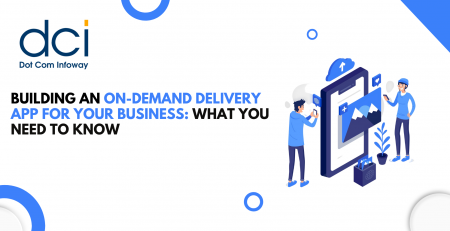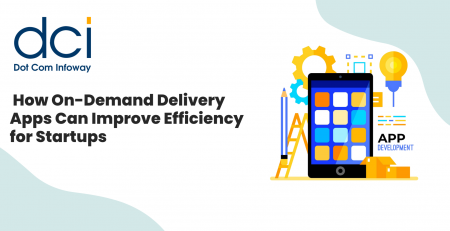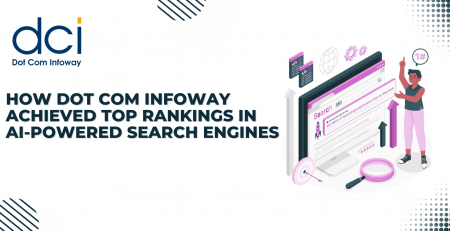How To Do App A/B Testing To Double Your App Conversion Rate
“A website or application without conversion rate is like a car with no wheels as it’ll take you nowhere”.
It’s on this basis that developers are advised to take up micro testing to improve the app conversion rate. One common test used to survey the conversion rate is the A/B experiment.
When checking for the conversion rate, a tool known as CRO (Conversion rate optimization) is used to monitor and improve a mobile app in terms of performance and functionality.
Interestingly, A/B testing incorporates logic to determine the interest of the users based on how the developer frames his or her hypothesis to relay positive outcome. It also acknowledges the opinion given by users and represents outcomes based on the elements.
Are you Familiar with A/B experiment?
Well, this technique is mainly used to identify the best elements that will attract more users. To initiate the test, developers are expected toformulate a mobile landing page which should give a replica of what users feel when interacting with the app.
Moreover, an A/B experiment requires app developers to subdivide their audience equally then place them in different variants to represent one element. Once you’ve done this, the test delivers results of which element was most preferred by the users.
Note: App developers should never forget that A/B testing is a cyclic process which requires timely optimization.
Steps to follow in an A/B experiment
As mentioned, the testing process is an ongoing activity which is undertaken in stages. Below is a step-to-step procedure to A/B testing:
- Research and critical thinking– this is to get a clear picture of what developers wish to test based on the goals identified. At this stage app developers should also draw a hypothesis- preferably the “If_, then_ due to_” model- to synchronize with the app’s algorithm.
- Pick the variants– it’s only from a good hypothesis that developers can come up with their variants. Furthermore, app developers should ensure that different variations are represented by separate icons without changing the content.
- Perform the test– at this step developers can go ahead and initiate the test.
- Data analysis –it entails interpretation of data to determine the most preferred variant.
- Adoption of a suitable alternative– implementation of the winner variant to achieve optimum results.
- Conduct check-up tests– it’s advisable to design for tests that run for 7 days. Developers should also ensure that new updates configure with the identified hypothesis.
Apart from being a continuous process, there are situations that may call for an A/B experiment. The circumstances include; search for results, comparison with competitors and during the installation process.
Parameters used in App A/B testing
The app store has simplified work for mobile app developers as it only uses eight elements to increase conversion rates. These are:
- Screenshot: App developers should package their information in a creative manner as screenshots tell a lot about a product. Explanatory screenshots can improve the app discovery on the app store and requires a regular update to keep up with competitors. This tool also serves as a platform to reach out to undecided potential users.
- Name: The use of keywords is essential for an app to obtain better rankings on the search box. A clear and attractive title gives a vivid impression of what the product is. By doing so, developers are able to direct more organic traffic to download the app.
- Icon: The criteria used is similar to that of the title as they both sell the image of the app thus a unique icon will attract more audience and better conversion rate. Developers should note that the app store algorithm looks at the colors, graphics, characters, logo and simplicity.
- Video: Visual images can be used to sell an app on the Play Store and even increase search rankings without the use of words. Currently, the iOS allows for short videos to play shortly after the icon appears. According to experts, the video may positively or negatively influence the number of installs. This acts as an indicator of the vitality of displaying the best output on the app store.
- Price of the app: to come up with a suitable app cost, developers should establish the elasticity of the mobile app. This will aid in determining on when and at what rate to increase or lower the prices.
- Introduction and description: An app’s introduction can determine whether the conversion rate will increase or decrease. Needless to say,developers should give a brilliant first impression to users and a precise description of the product.
Reasons for failures experienced in A/B testing
It’s not guaranteed that all A/B tests are successful. With this in mind, it’s important to mention the causes of failed tests. They are:
- Use of small sample size- this results in programmers having partial information on the anticipated outcome.
- Incorrect method of app testing- this may be caused by poor research and bias in users interrogated.
Misinterpretation of A/B testing results
- “One-time action” mentality- a common mistake among developers who neglect the changing trends in the market thus obtain results that don’t reflect on current market standings.
- Conducting wrongful experiments- under this, app developers may rush to obtain positive outcome from A/B testing thus end up skipping vital stages which produce false information.
Other simple ways to improve app conversion rate include:
- Addition of a call for action box to retrieve information such as likes, dislikes and comments via social media.
- The use of interactive ads that prompt users to click and have to accomplish certain goals before moving to the next phase.
In conclusion, the results obtained from micro testing can be evaluated to improve an app’s performance on the app store. App A/B testing is also resourceful in: reduction of data required for testing, risk management, improving sales, minimizing bounce rates, monitoring Cart abandonment and app analysis.
















